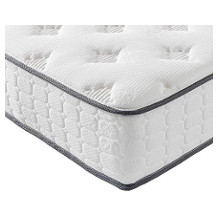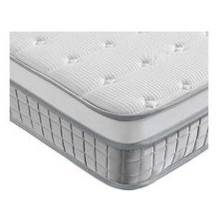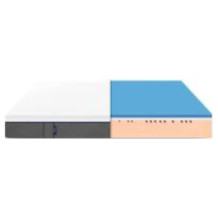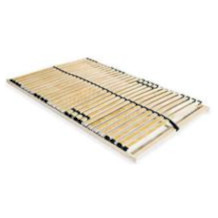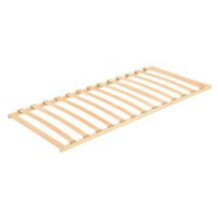Memory foam mattress topper purchasing advice: how to choose the right product
- What You Need to Know
- A memory foam mattress topper is an overlay made of memory foam for the mattress.
- Memory foam mattress toppers are ideal for mattresses that are too hard or old.
- Because of its material, the memory foam mattress topper relieves pressure and is breathable.
- A memory foam mattress topper can help against back pain and provide a more relaxed sleep.
- The most important criterion when buying a memory foam mattress topper is the volume weight.
Relaxed sleep thanks to memory foam mattress topper
Even the princess on the pea knew: sleeping comfortably is very important. Because the better you sleep, the more successful the following day will be. However, an uncomfortable bed is a common problem whose causes are manifold. Often the mattress, the slatted frame or the bed frame are of poor quality. The firmness of the mattress can also be wrong and lead to restless sleep. A mattress topper, which is available in different versions, can help. Whether cold foam, visco foam, latex or memory foam mattress toppers, they all have their advantages and disadvantages. The following buying guide will help you decide whether a memory foam mattress topper is the right choice.
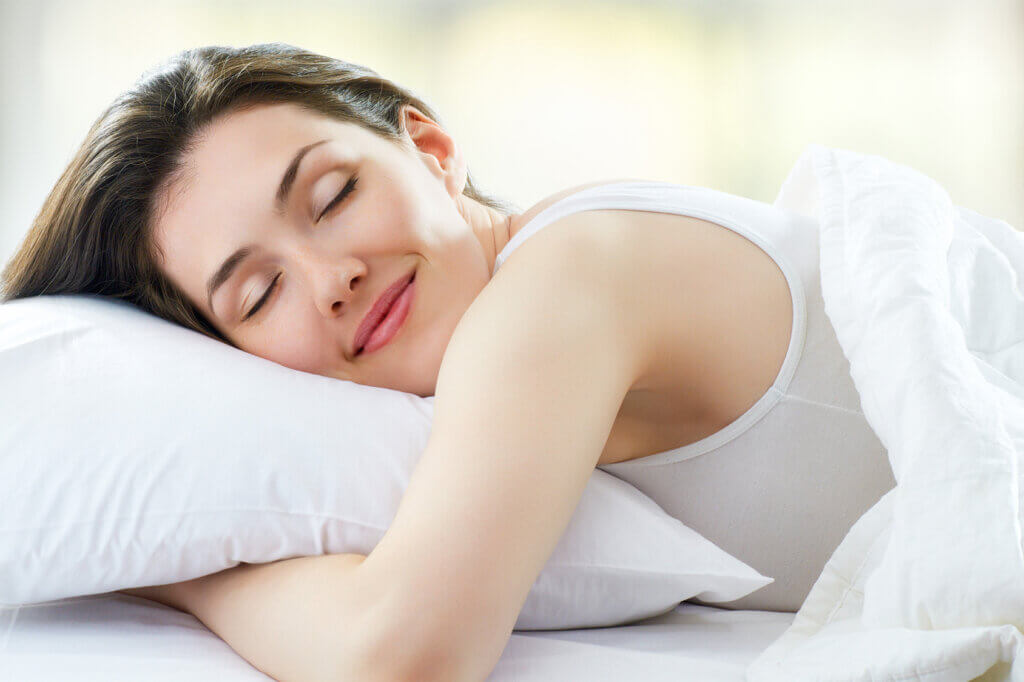
What is a memory foam mattress topper?
A memory foam mattress topper is a mattress topper made of viscoelastic gel that is either placed on top of or strapped to the mattress. They support the body and ensure a relaxed sleep. The toppers are between three and ten centimetres thick and have a point-elastic gel core that absorbs the body’s exhalations and fluids. The gel foam core of the mattress adapts to the body, thus relieving pressure and is especially good for restless sleepers. Due to the structure of the foam material, it is particularly breathable and ensures good moisture transport. It has a fast recovery force: this means that it immediately returns to its original shape as soon as the pressure on it decreases. This prevents the formation of cavities. Gel foam toppers are a relatively new invention and were developed with the intention of combining the advantages of cold and visco foam.
Memory foam mattress toppers can be combined with all common types of mattresses. They can also be used on waterbeds, sofa beds and box spring beds. However, they should not be used in rooms that are colder than five degrees Celsius, as the core may then harden and the adaptability will suffer.
The advantages of the memory foam mattress topper
As one of the more innovative mattress toppers, the memory foam mattress topper brings with it some decisive advantages. It significantly improves the quality of the mattress and makes it more comfortable to lie on. The topper is particularly suitable for people with back problems. The gel core distributes the pressure on the body evenly and the topper adapts to the contours of the person lying on it. This is ideal for restless sleepers who frequently change their position at night.
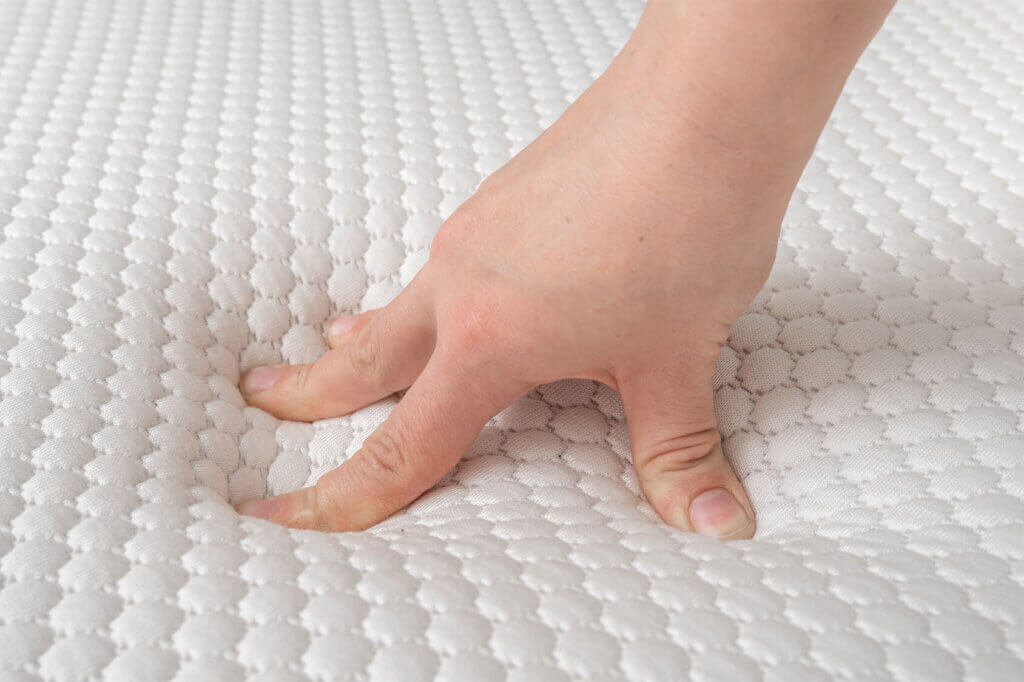
A memory foam mattress topper is good for back and side sleepers, but less suitable for stomach sleepers, as it is too soft for them. It also prevents back pain and minimises stress on the shoulders and hips. Sick and old people benefit from a memory foam mattress topper because it enables a healthy back position and prevents sores from lying for long periods. Due to its elasticity at certain points, it relieves the spine and ensures better blood circulation in the body. If the mattress is too hard, the topper ensures that the sleeper lies softer. However, it cannot make a mattress that is too soft any harder. Since a topper cannot cancel out the poor quality of a mattress, a high-quality mattress should always be the basis.
For all people who freeze or sweat during sleep, a memory foam mattress topper is also a good choice, as it is temperature-neutral and can thus counteract freezing or sweating respectively. The elevation of the mattress by the topper sometimes also makes it easier to get out of bed – especially for people who are restricted in their movement. A memory foam mattress topper also prolongs the life of the mattress, eliminating the need to constantly buy a new one. Because it absorbs the body fluid that everyone loses at night, it protects the mattress from absorbing a large amount of liquid and thus also ensures more sleep hygiene. The topper is easy to put on or take off and the cover is usually machine-washable. The breathable material does not provide a breeding ground for mites and other pests. Therefore, the topper is ideal for people with house dust allergies. In addition, it covers the visitor’s crack in two single beds, which makes sleeping much more comfortable. Due to its elasticity, it always moves back to its original shape and is therefore not quickly worn out.
What exactly does elasticity mean?
A mattress or mattress topper with point elasticity only gives way where the body rests and exerts pressure. This allows the body to lie correctly and prevents back pain. The opposite of point elasticity is area elasticity, where not only the loaded area but also the surrounding areas give way. The body is not supported and sinks in easily.
What to consider when buying a memory foam mattress topper
If you know that you want a memory foam mattress topper, you have already made the most important decision when choosing a new mattress topper: you have decided on the material. However, you should still pay attention to a few details if you really want to be happy with your purchase. A topper that is too soft or too hard, for example, can seriously affect your lying comfort. A cover that does not meet your requirements could also significantly dampen your joy over your new memory foam mattress topper.
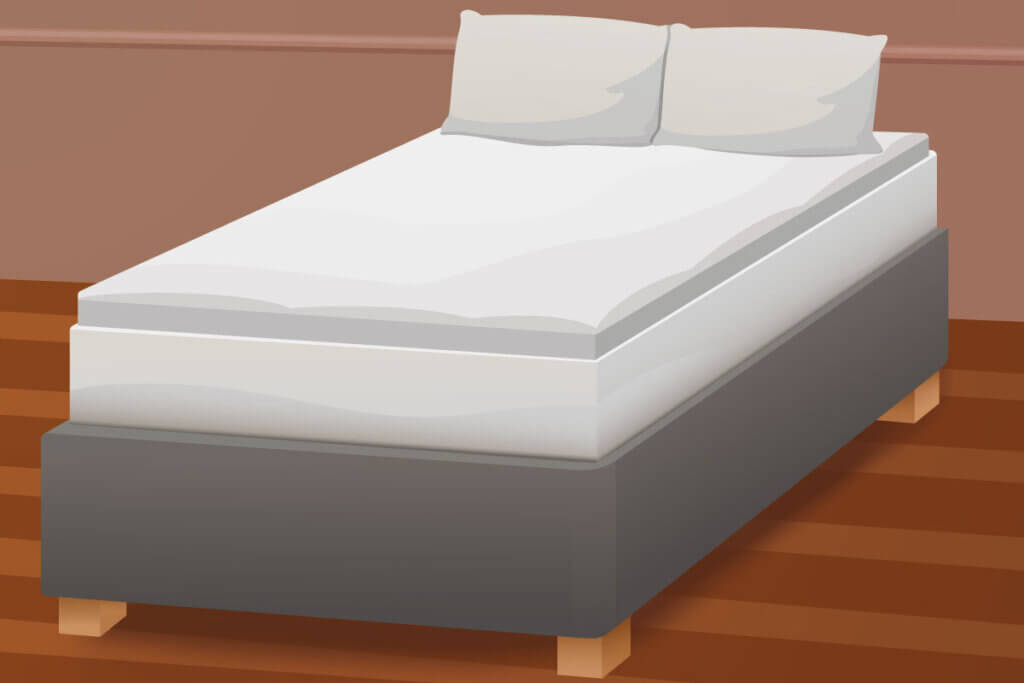
Volume weight
One of the most relevant aspects when buying a memory foam mattress topper is its volume weight. It is considered a mark of the quality of a topper and indicates how much core material has been processed in one cubic metre. A high volume weight means that the topper consists of a particularly large amount of material. It is then very densely processed and therefore more resistant, longer lasting and guarantees a higher lying comfort. The volume weight is usually indicated with RG. RG 20, for example, means that the gel foam topper has a volume weight of 20 kilograms per cubic metre. The higher the volume weight, the longer the memory foam mattress topper keeps its shape. A memory foam mattress topper in the size 90 x 200 or 140 x 200 centimetres should ideally have a volume weight of at least 50 kilograms per cubic metre.
Hardness level of the topper
Consider what degree of hardness your memory foam mattress topper ideally needs. This depends on your body weight and how you feel when lying down. The topper should not be too hard or too soft so that your back is ideally supported and relieved. The thickness of the topper is not decisive, but rather the firmness of the gel core. In terms of hardness, it is somewhere between a cold foam topper and a visco foam topper. The heavier the memory foam mattress topper, the harder its core.
Size
The standard size for a mattress as well as for a mattress topper is 140 x 200 centimetres, but there are many other available sizes. If you have a double bed, you can either choose two separate toppers or one continuous one. It is essential that the mattress topper and mattress are congruent. This ensures the best comfort and reduces the risk of the topper slipping.
Height
The height of the topper should be at least six centimetres for ideal pressure relief and a pleasant lying feeling. It should not be thicker than twelve centimetres, as then the supporting effect of the mattress diminishes. Remember: The thicker the memory foam mattress topper, the more it changes the lying properties of the mattress.
Cover
To ensure easy cleaning of the memory foam mattress topper, the cover is usually removable and machine-washable. Covers made of synthetic fibres are recommended because they last a long time and are relatively inexpensive. Covers made of natural fibres, such as cotton, on the other hand, are somewhat more expensive, but are characterised not only by their haptic and visual qualities, but are also preferred by many consumers for reasons of sustainability. If you want to combine the advantages of both, you should choose covers with a fabric blend. Blended fabrics that contain both natural fibre and synthetic fibre combine the benefits of both. Also pay attention to how many degrees the cover can be washed at. Covers that can withstand temperatures up to 60 degrees Celsius are more suitable, as the heat removes dirt, bacteria and mites better. If possible, the cover should have grooves, as these ensure better air circulation and also counteract perspiration.
Price
Memory foam mattress toppers are a cheaper alternative to a new mattress. They cost between 100 and 300 euros, depending on size, thickness and density. The cheapest versions are already available for 99 euros. At first glance, this may seem like a lot of money – but remember that a high-quality memory foam mattress topper is a purchase from which you will benefit for a long time.
Alternatives to the memory foam mattress topper
There are different types of mattress toppers, all with different properties. The following list covers the most important advantages and disadvantages of each material:
Cold foam: Toppers with a core made of cold foam are extremely popular. They are area-elastic and ensure good air exchange due to their open pores. The material provides a good sleeping climate because it balances the temperature. It is firmer than most other materials and therefore suitable for people who do not want to sleep too softly. Cold foam is more susceptible to mite infestation than gel foam and therefore not so suitable for allergy sufferers. Gel foam also has the edge in point elasticity, which is important for relaxed lying. However, cold foam offers a reasonable level of comfort at a comparatively low price.
Comfort foam/PU foam: Unlike cold foam, heat is needed to cure comfort foam. The material is very soft and has a low compression hardness, so it is particularly suitable for people with a low body weight. For them, cold foam toppers are an interesting alternative because of their low price. However, most sleepers feel more comfortable on toppers made of higher-quality materials such as memory foam mattress topper or latex.
Visco foam: A topper made of visco foam, also called memory foam, owes its name to the thermoelastic core. It adapts ideally to the body as it softens due to body heat and thus ensures pressure equalisation. However, the topper takes a while to return to its original shape and is therefore less suitable for restless sleepers. If you often toss and turn in bed, gel foam is the better alternative: it offers similar lying properties, but adjusts much faster when you change your lying position. If you suffer from night sweats and heat at night, you should also give Visco foam a wide berth: Because it sinks deeply into the skin, heat cannot escape easily. In addition, the material is not very breathable, which means that moisture quickly accumulates, unlike with open-pored gel foam.
Latex: A topper with a latex core is extremely elastic and bounces easily. It adapts precisely to the body and returns to its original shape when it is no longer under load. Latex toppers thus have excellent lying properties and are therefore justifiably popular. However, they also have some disadvantages: Since the material itself is not particularly breathable, mould often develops in inferior models with a poor ventilation system. Allergy sufferers like to use latex because it does not provide a good colonisation surface for house dust mites, but it is not completely mite-resistant like gel foam. In addition, latex itself is an allergen: latex toppers are therefore out of the question for people who suffer from a latex allergy. Latex toppers are also relatively expensive, which is especially true for models made of high-quality natural latex.
What distinguishes a mattress topper from toppers and protectors?
Mattress toppers resemble mattress protectors and mattress pads and are therefore often confused with them. In fact, however, there are crucial differences between the three types. A mattress protector lies on the slatted frame, i.e. under the mattress. Its purpose is to prevent damage to the mattress caused by the slatted frame. Mattress toppers, just like mattress toppers, lie on top of the mattress and are meant to protect it from the amount of fluids that everyone loses at night. They are thinner than toppers and have no effect on the lying properties. Mattress toppers protect the mattress from liquids, dirt and wear and also have a positive effect on sleeping comfort.

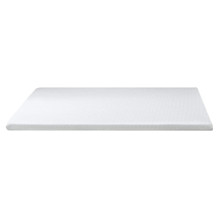
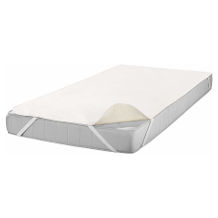
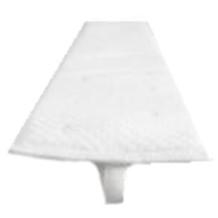
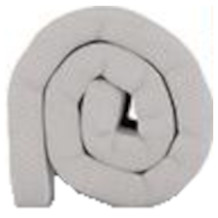
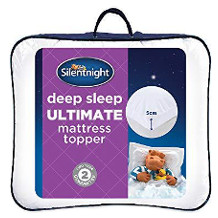

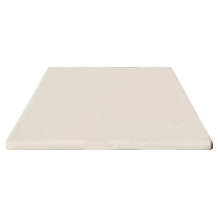
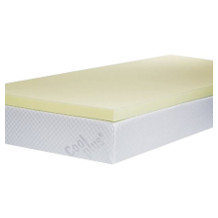
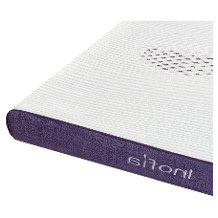

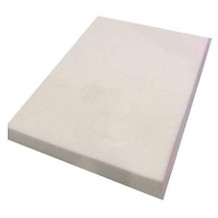
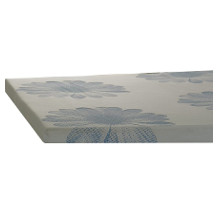

 50,899 reviews
50,899 reviews
